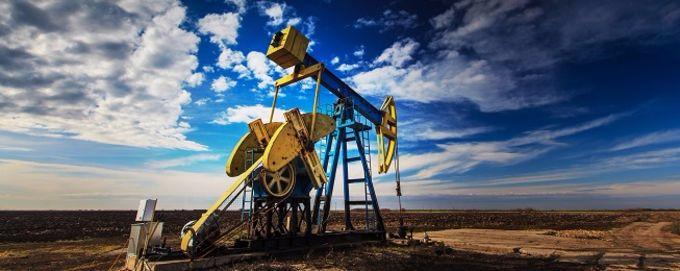
Fracturing a Better Future
Oil & Gas companies are continuously researching and experimenting with new ways that will lead to a better future for their company and the world we live in. In recent years the industry has been taking hit after hit from environmentalists who argue that the industry is harming the environment, especially with fracking. As a result, the industry is continuously trying to improve its methods to help the environment as well as the company. A new method that has been experimented with a lot is the use of fracturing with minimal use of water, or non-hydraulic fracturing.
The technical meaning of non-hydraulic fracturing is to be able to fracture a rock at a depth without using any fluid pressure. In recent years, the substance that has had the most promising outcomes is supercritical CO2. It has been projected that supercritical CO2 will become the main agent to non-hydraulic fracturing in the upcoming years. The reasons for this is because of the controversy hydraulic fracturing has started, such as water sources becoming scarce, greenhouse gas emission increasing, and causing seismic activity. The properties of supercritical CO2 make it a very unique substance to use in this sort of task and will eliminate many of these problems that come with hydraulic fracturing. It has gas-like diffusibility, liquid-like solubility, closing gas low viscosity, and extremely low surface tension. The CO2 is also capable of extending fractures longer because of its lower viscosity which means it could enter smaller fractures of rock and connect them. These properties would help fracturing operations become not only more efficient but profitable as well. CO2 has proven to be a competitor to hydraulic fracturing on many instances with what it is capable of doing during the operation as well. Most of the CO2 used comes back which allows natural gas to flow our more freely then can be reused after capturing it. CO2 also has a better affinity for the shale then natural gas, this allowed it to displace the fuel which will free it from the rock. Of course CO2 is not the only substance that could be used during the drilling operation as it has also been tested in combination with other gases such as nitrogen. It is added to act as a gas blanket to ensure the safety of LPG as a fracking fluid and prevent combustion. Furthermore, the presence of nitrogen in fracking fluids has shown to improve recoverability in coal and shale formations [6, 7].
LPG fracturing was first used in 2008 by the Canadian operator GasFrac. LPG consists of a mixture of petroleum gasses, with propane being the main component as it has had the most promising results. One of the most notable benefits is similar to the use of CO2, which is the reduction in water waste and contamination of fresh water reservoirs. However, due to its low critical temperature of 213F, any reservoirs above that temperature typically require additives such as butane which has a critical temperature of 350F. To create a fracturing fluid from LPG, the petroleum gas is pressurized to 280 psi and has a proppant blend added to it. This is composed of silicon and sand and essential to keeping fractures open within the reservoir rock which will increase production resulting in many benefits. The LPG mixture is then pressurized to the required injection pressure for fracturing. Once injected into the reservoir, the LPG will mix with the hydrocarbons to form a unique mixture of liquid and gas. As more companies become open to the idea of using LPG, then advancements in the technology will continue which will eventually make it the ideal solution to our current fracking problems [8].